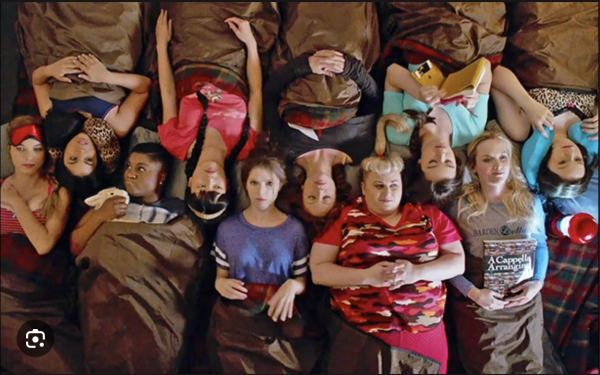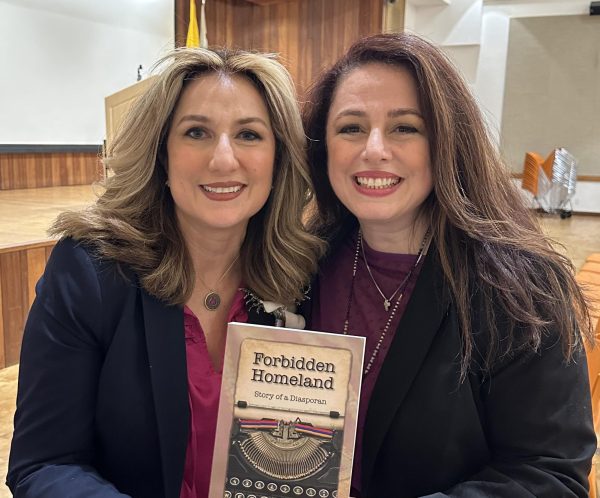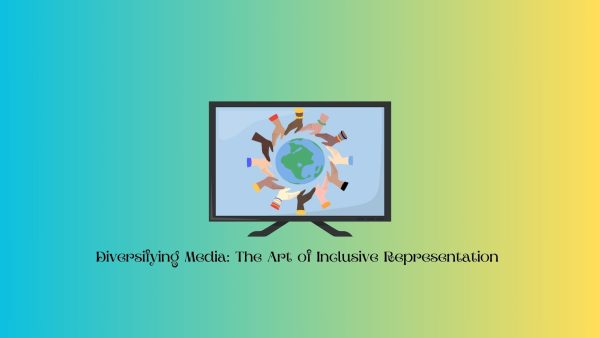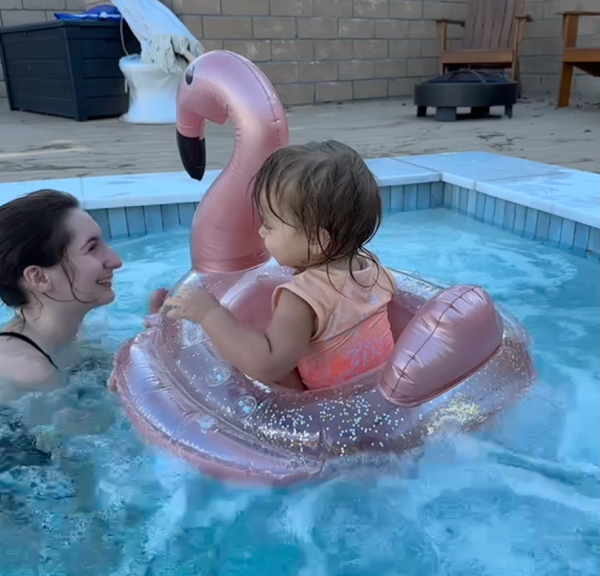Teens and Alcohol
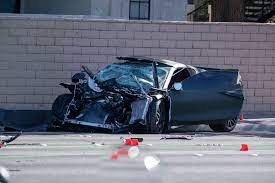
Henry Rugg’s Corvette reportedly traveled 156 miles per hour on Las Vegas roads before it rammed into a Toyota’s rear.
January 11, 2022
A fireball engulfed a Toyota Rav4 on the streets of Las Vegas as a Corvette slammed into the vehicle’s rear at 156 miles per hour on November 2. Henry Ruggs III, a professional football player behind the wheel of the Corvette as it smashed into the Toyota, appeared the next day in court seated in a wheelchair fitted with a foam neck brace. He was immediately released by his professional team, the Las Vegas Raiders, and faces a fierce court battle that could see a maximum sentence of forty years in prison, according to CNN.
According to NPR, Ruggs had twice the legal limit of alcohol content within his bloodstream, the factor that likely affected his reckless driving that night. Ruggs’ case reveals the devastating possibilities of driving under the influence — the passenger of the Toyota and her dog both passed away as the vehicle’s fuel tank ruptured and exploded into flames, ESPN states.
Alcohol itself is a tricky substance for those under twenty-one. For high schoolers, in California, consumption of alcohol is illegal until twenty-one. Alcohol in the body can affect the normal development of vital organs, according to NHS Health Services, so age twenty-one is the safest bet of when the development of the body may no longer be harmed from the substance within the bloodstream.
Despite the scientific reasoning against underage alcohol consumption, peer pressure behind drinking plagues high school teens. Peer pressure is the influence felt from peers to do something that you otherwise would not do. Drinking, smoking, and stealing are just a few activities that are often associated with peer pressure.
Illegal consumption of alcohol becomes a far more serious matter for upperclassmen at Yorba Linda High. Being able to drive becomes a huge milestone at around sixteen or seventeen years old. Mrs. Nicholson (Staff), who immigrated to the United States to attend college at Pepperdine University, states that she first got her license in the US at seventeen years old. “Driving was dangerous in Peru because of bad drivers, so I didn’t want to risk it and didn’t get my license in my home country.”
The risks of alcohol are far greater behind the wheel. As per the US Department of Transportation, the substance can inhibit decision-making, brain function, and muscle coordination. Drunk drivers then make more risky decisions or fail to recognize dangers on the road in time, a choice which could lead to tragedies.
In the end, life is really a book of choices to make, but it’s our responsibility as students to make the right choice of what’s best for us and others.













